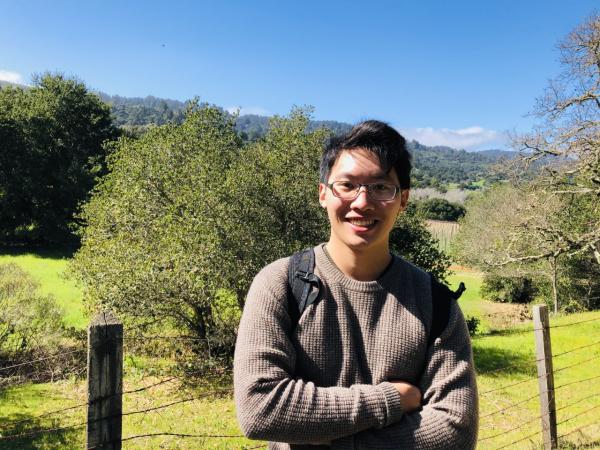Hindcasting injection-induced aseismic slip and microseismicity at the Cooper Basin Enhanced Geothermal project, Australia
Video not found
Please check back later. Videos are usually posted within 24 hours.
Taiyi Wang
Stanford

- Date & Time
- Location
- Online-only seminar via Microsoft Teams
- Host
- Joshua Crozier
- Summary
A major challenge in understanding interactions between injection-related aseismic and seismic slip on faults is identifying aseismic slip on the field scale. Here I present a modeling workflow for evaluating the possibility of aseismic slip, given observational constraints on the spatial-temporal distribution of microseismicity, injection rate, and wellhead pressure. The workflow is applied to the 2012 Enhanced Geothermal System injection episode at Cooper Basin, Australia, which aimed to stimulate a water-saturated granitic reservoir containing a highly permeable fault zone. I show that aseismic slip likely contributed to half of the total moment release. In addition, fault weakening from pore pressure changes, not elastic stress transfer from aseismic slip, induces the majority of observed microseismic events, given the inferred stress state. I also present a theoretical model to better estimate the time-dependent spatial extent of seismicity triggered by increases in pore pressure. The workflow can be potentially adopted for other sites where fault geometry is known and broadband seismic arrays are present to better characterize aseismic slip.
 Jump to Navigation
Jump to Navigation